San Juan Chamula
Today I saw a live chicken being killed and sacrificed in a 16th century Catholic church in the small town of San Juan Chamalu. One old man chanted in Tzotzil while holding the live chicken. He’d touch different parts of a frail older woman’s body with the chicken, hold it over a sea of lighted candles on the floor, and then perform the same progression with the women again. This went on a few times as he continued to chant. After throwing some pox (“posh”, the local liquor) over the candles he handed the chicken over to a younger man. Apparently, this was the younger man’s first time at killing a chicken. A colleague standing next to him made a wringing motion with his hands. The chicken holder tried to twist the chicken’s neck. Its wings flapped hard. He twisted it the other way. The chicken’s wings flapped hard again. Finally, he twisted as he brought his knee up to the chicken’s neck. That did the trick. What was even more fascinating was that this wasn’t performed by someone in robes in front of hundreds of people. It was just a small gathering of 6 people in one section of the church.
What I saw was simply a typical day at what is probably the strangest Catholic church in the world. There is a fascinating history behind this. While other towns and cities across Mexico converted to Catholicism relatively quickly, the Tzotzil Mayans of the Chiapas Highlands decided the same fate would not become them so easily. At first, they fled, leaving the Spaniards practically barren of both slave labor and material goods. So the Spanish returned to the Gulf coast and then the Tzotziles returned to their communities.
But the Spanish came back and once again, the Tzotzil would not accept the Spaniards religious beliefs and traditions. A bloody war endured for one year before the village leaders agreed to compromise with the conquerors. The result? The Tzotzil would use the church as a place of worship, but they would worship how they pleased. So the church was constructed between 1538 and 1545 (despite what the sign on the front of the church says).
The outcome of all this is the incredibly unique experience I witnessed. Unfortunately, it is a criminal offense for non-community members to take any pictures, so I can only share this experience verbally.
Inside the church, the pews are replaced with pine needles covering the floor. Before the Spanish, came the Tzitzil people worshipped outside in the mountains. Since they agreed to come inside to worship, the Spanish agreed to let them bring the earth in as well, hence the carpet of pine needles throughout the church.
Thousands of candles illuminate the walls and their smoke, along with the incense of copal resin, perfumes the air. On either side of the church walls are wooden cabinets, inside which stand figurines of Catholic Saints. Instead of confessing to a Catholic priest or reading scripture from the Bible, Tzotzil families sit gathered around hundreds of candles melting into the tiled floor. In front of them sit the ceremonial essentials, comprising of Coca-Cola (or other bubbly soda), pox, candles, flowers, and if a member is seriously ill – a live chicken waiting to be sacrificed (which I had the pleasure of witnessing). Additionally, drinking bubbly liquids and then praying and burping is considered a blessed way of clearing out sins (an evolution of the Mayan practice of chasing out evil spirits). I’ve been told there are actual formal Catholic masses at the church. The priests are not Tzotzil, but they have learned the language and the masses are in Tzotzil.
The other interesting aspect of Chamula is its traditional clothing made of black and white sheep fleece sewn into skirts and jackets. Since the village is located at over an altitude of over 7,000 feet, it can get pretty cold. The heavy fleece clothing is a very practical solution to this.
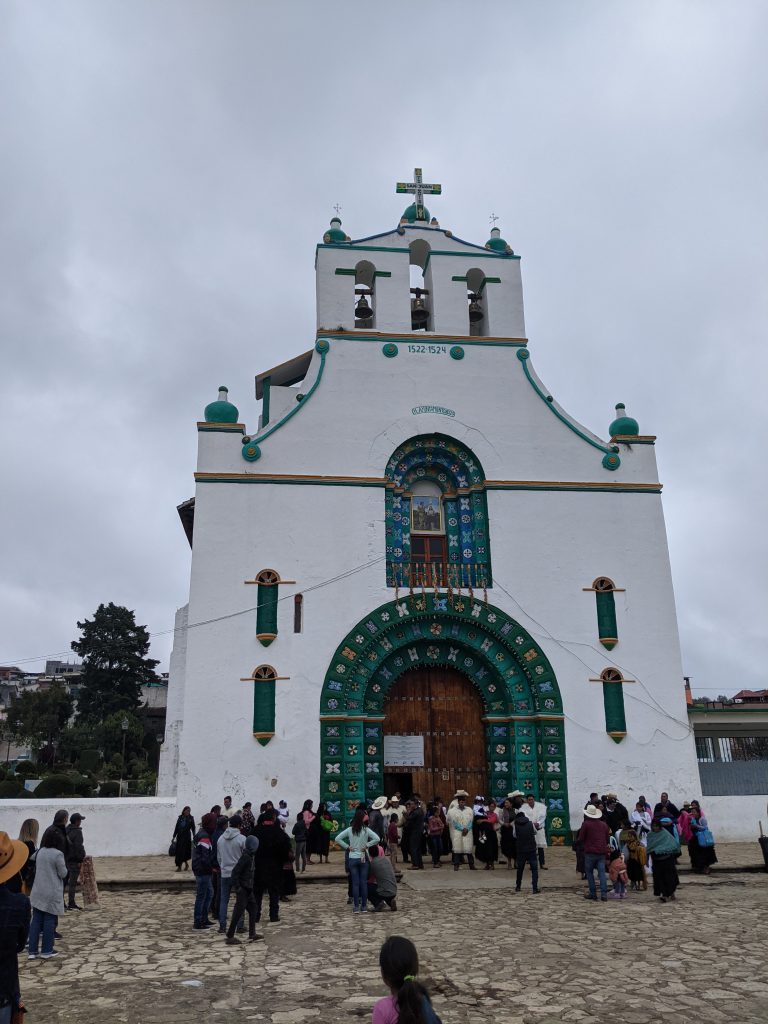
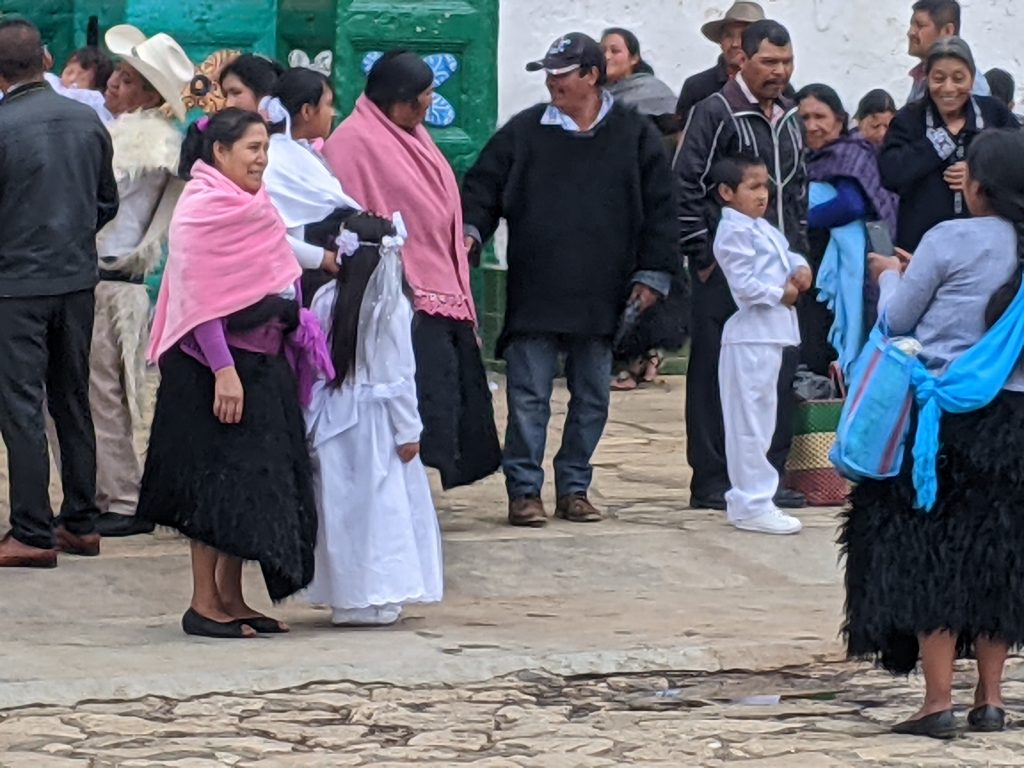
Zincantan
We also visited the Tzotzil village of Zincantan. Its main church, San Sebastian, also has Tzotzil Catholic masses, but is much more traditional than its neighboring church at Chamula. The church has formal pews and no unique ceremonies going on. However, it also has scores of colorful flowers throughout, which make for an incredibly beautiful experience. Unfortunately, we were not able to photographic the inside this church either.
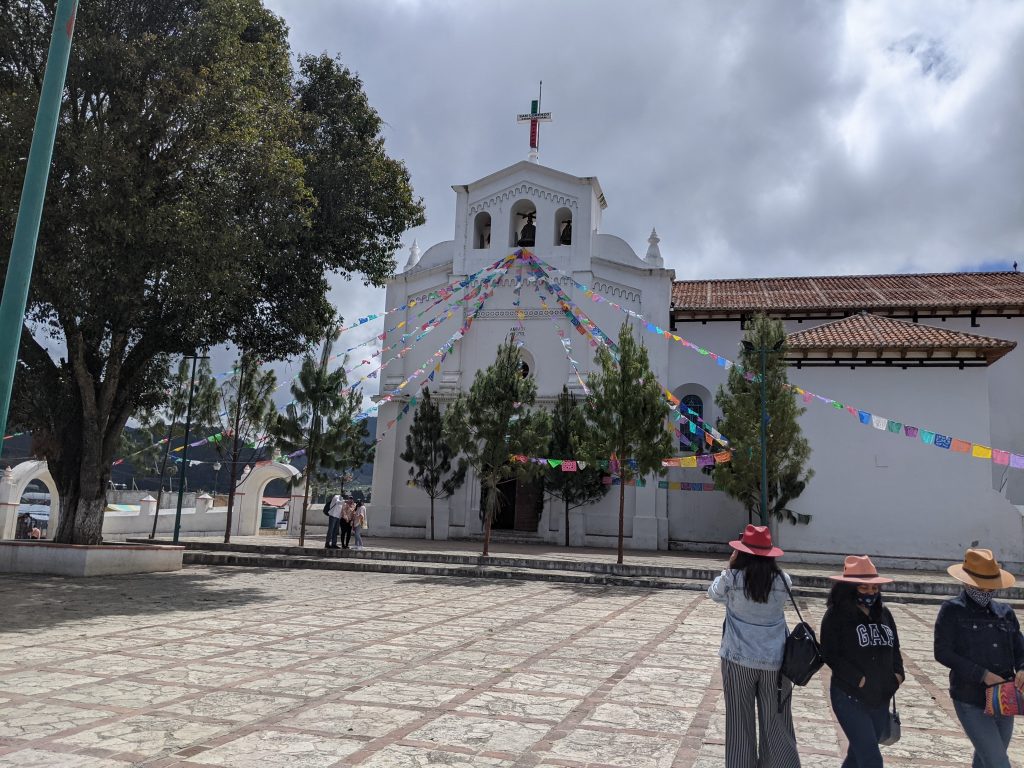
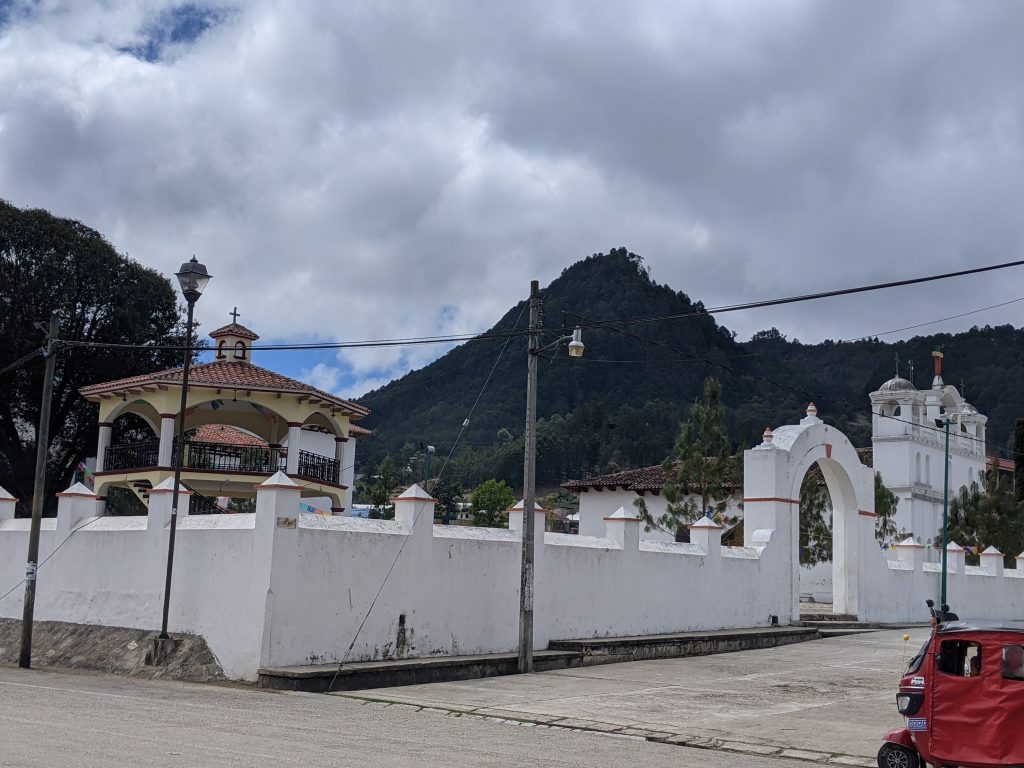
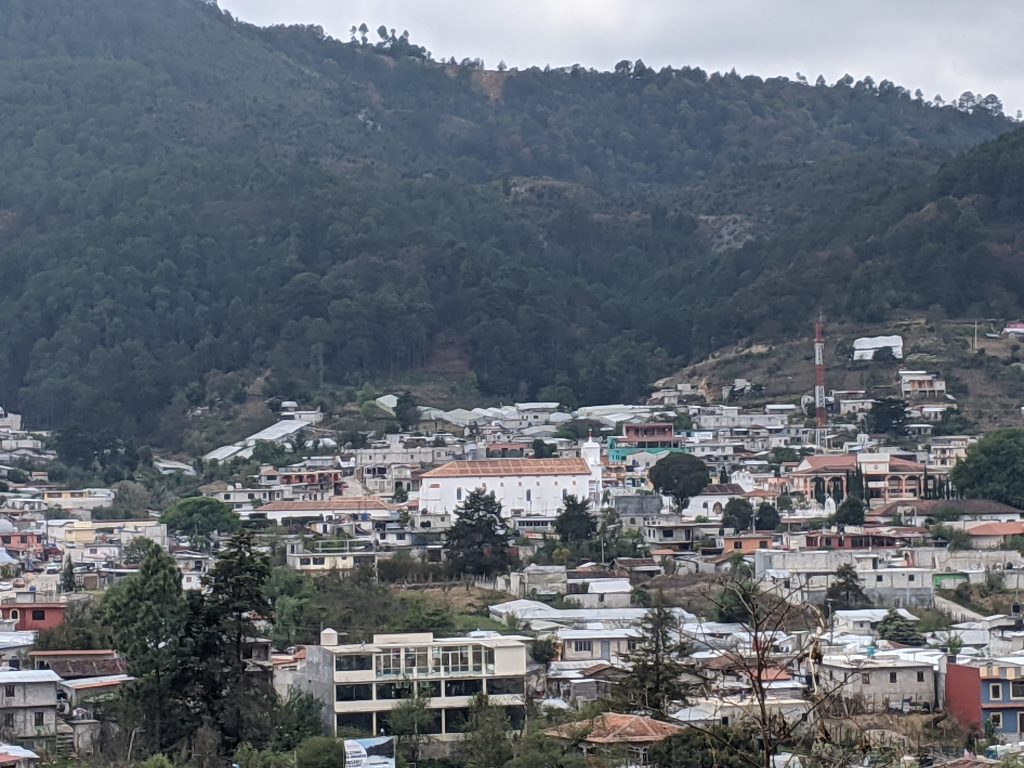
What Zinacantan is known for is its flowers and its weaving. It has a relatively large cultivated flower farming presence. You can see hundreds of greenhouses throughout the valley next to the town.
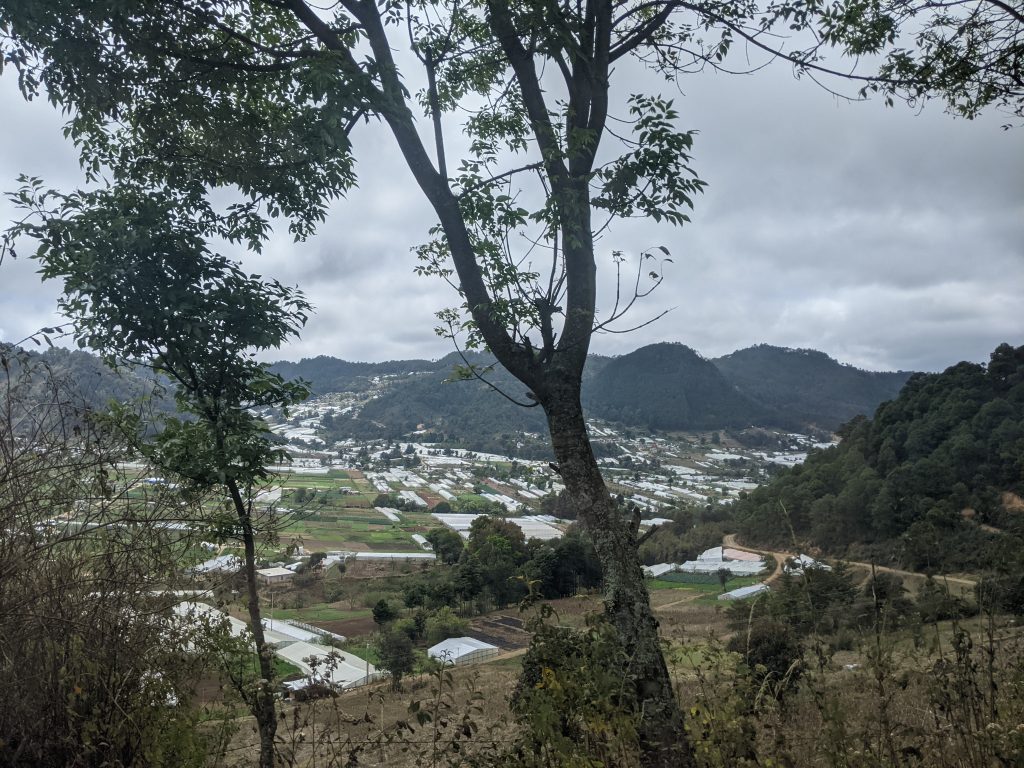
As for weaving, it’s known for its incredibly beautiful floral patterns influenced by the local industry. You can find blouses, shawls, table runners, pillowcases, and plenty of smaller souvenirs like coin purses and bracelets featuring the work. Zinacantan is also famous for its traditional huipil blouse or dress, which is made by backstrap loom weaving. It’s common to see women wearing a huipil for daily use in Zinacantan and throughout southern Mexico and Central America.
Finally, the town is renowned for its unique women’s cooperative. Founded in 2009 the collective, called Mujeres Sembrando la Vida (Women Sowing Life), has over 60 local members in the municipality who have been able to improve their livelihoods and that of their community since its inception. The result is that these women often see a tripling their monthly wages from before they coordinated their efforts.
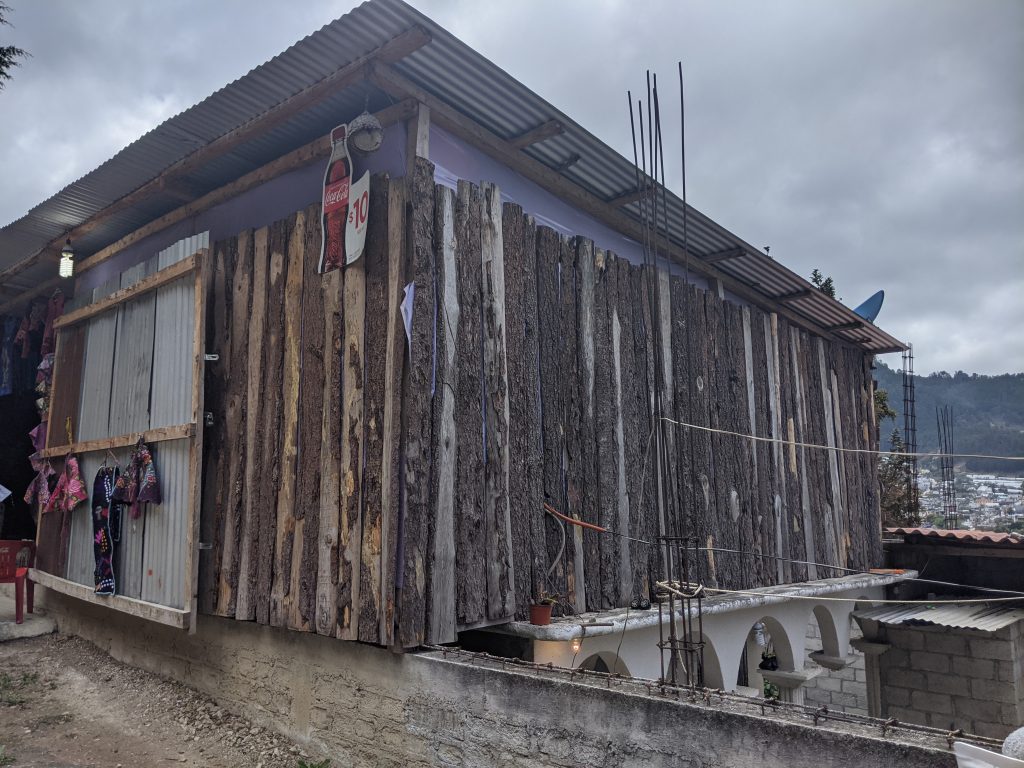
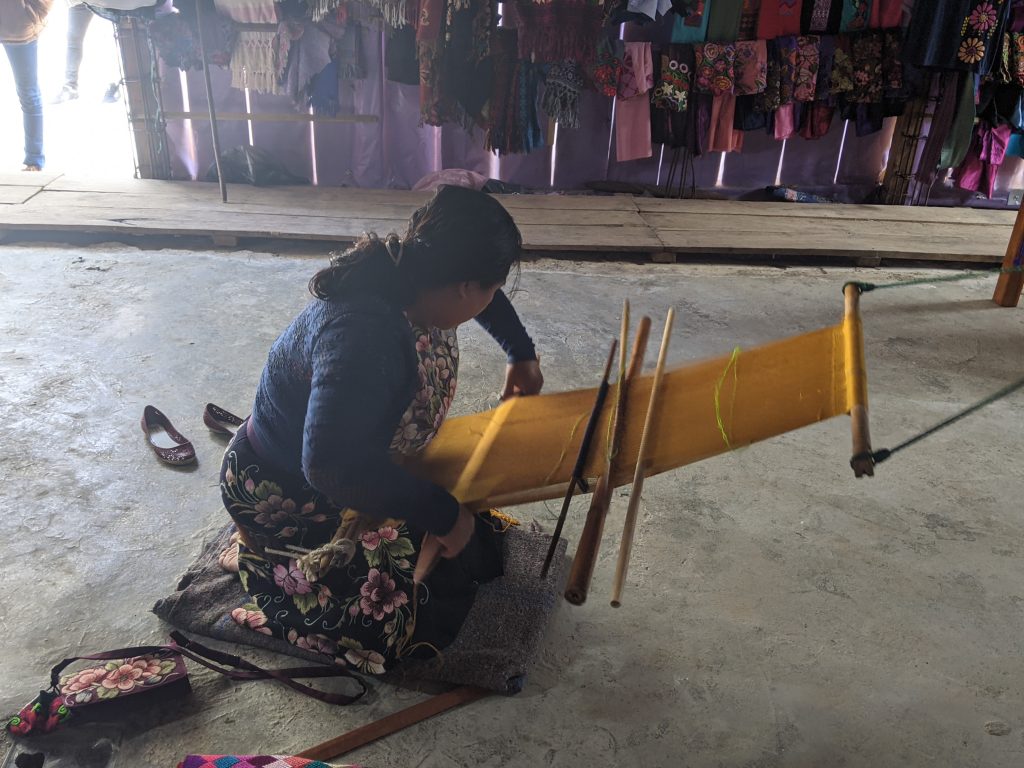
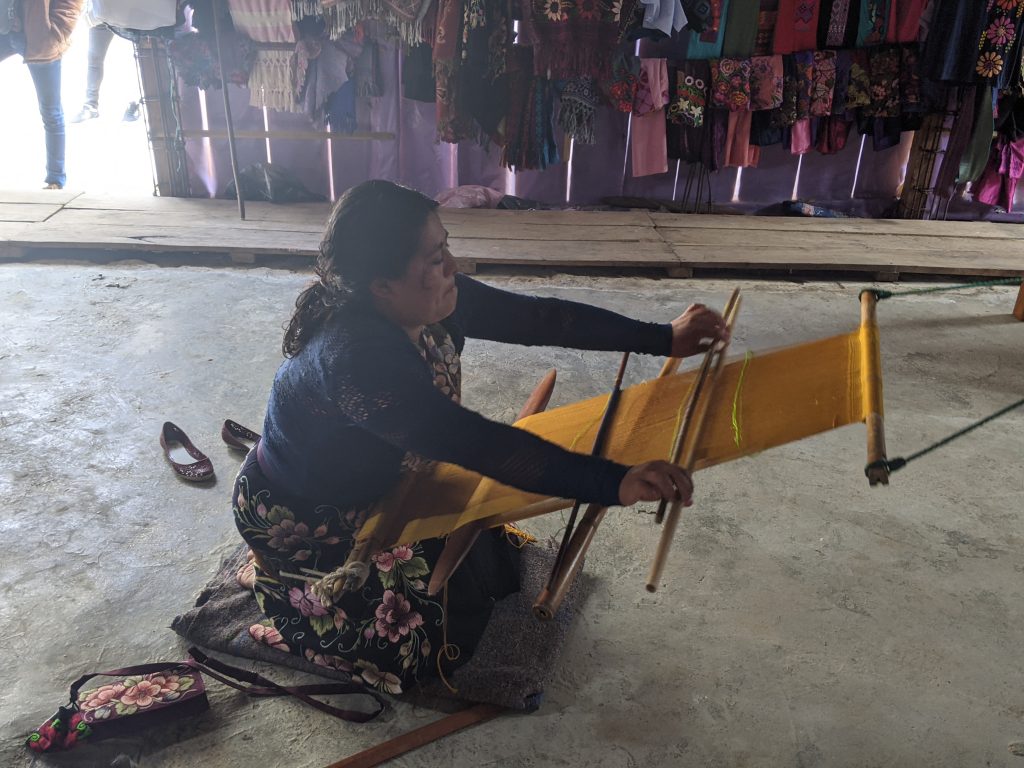
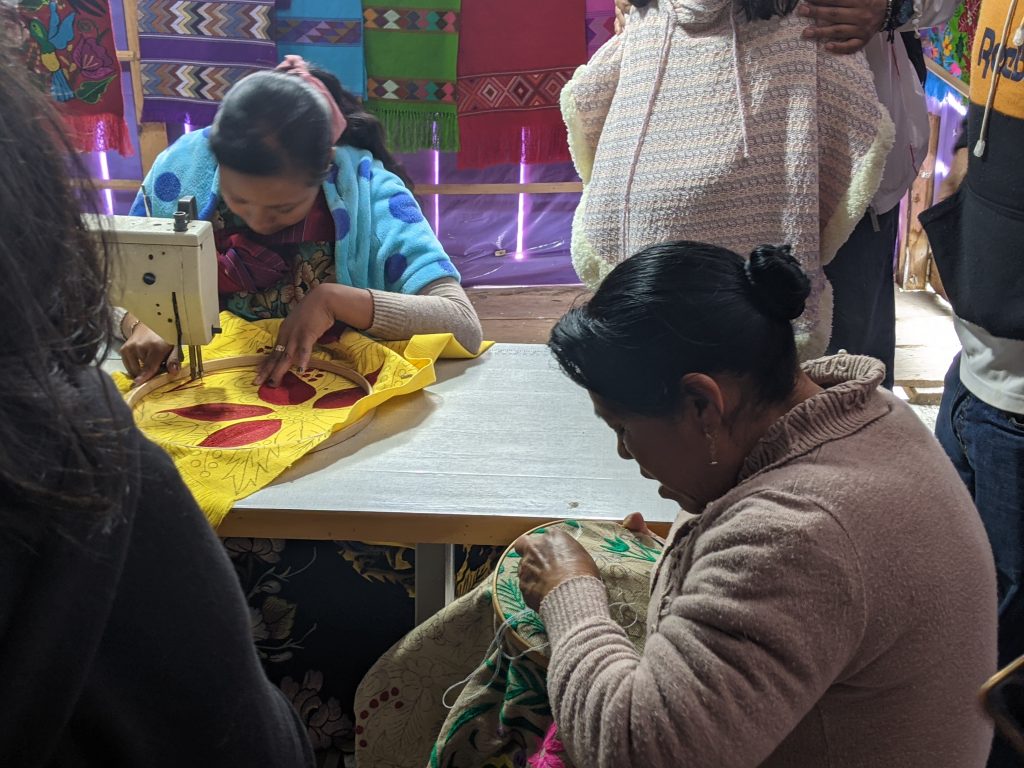
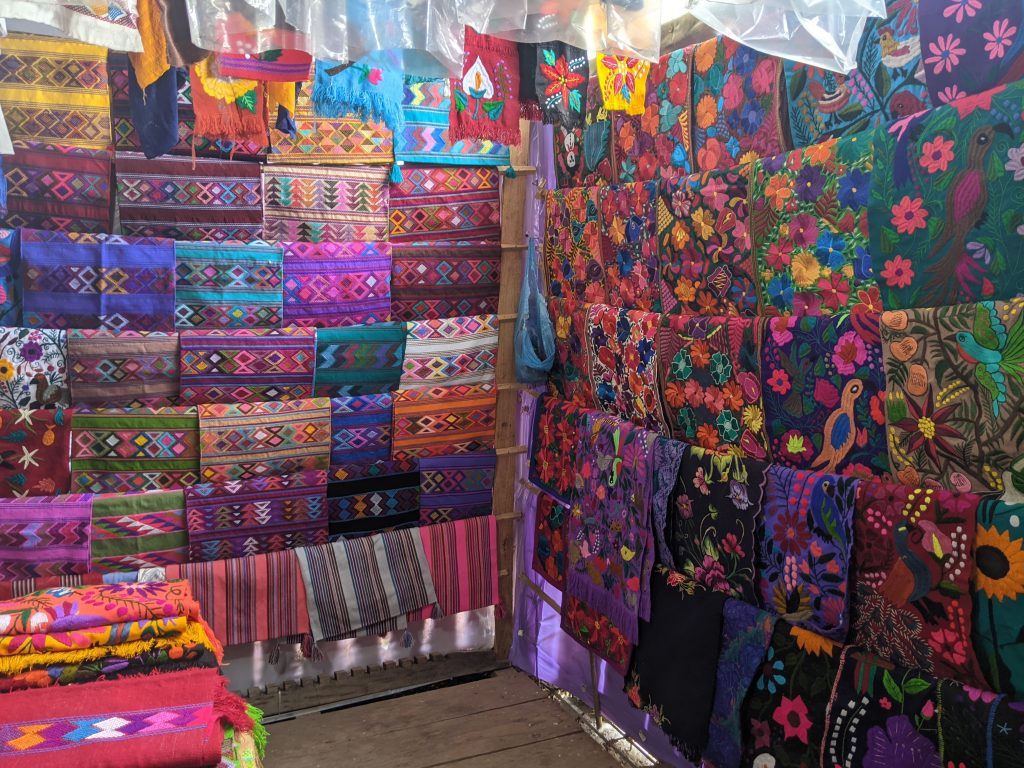
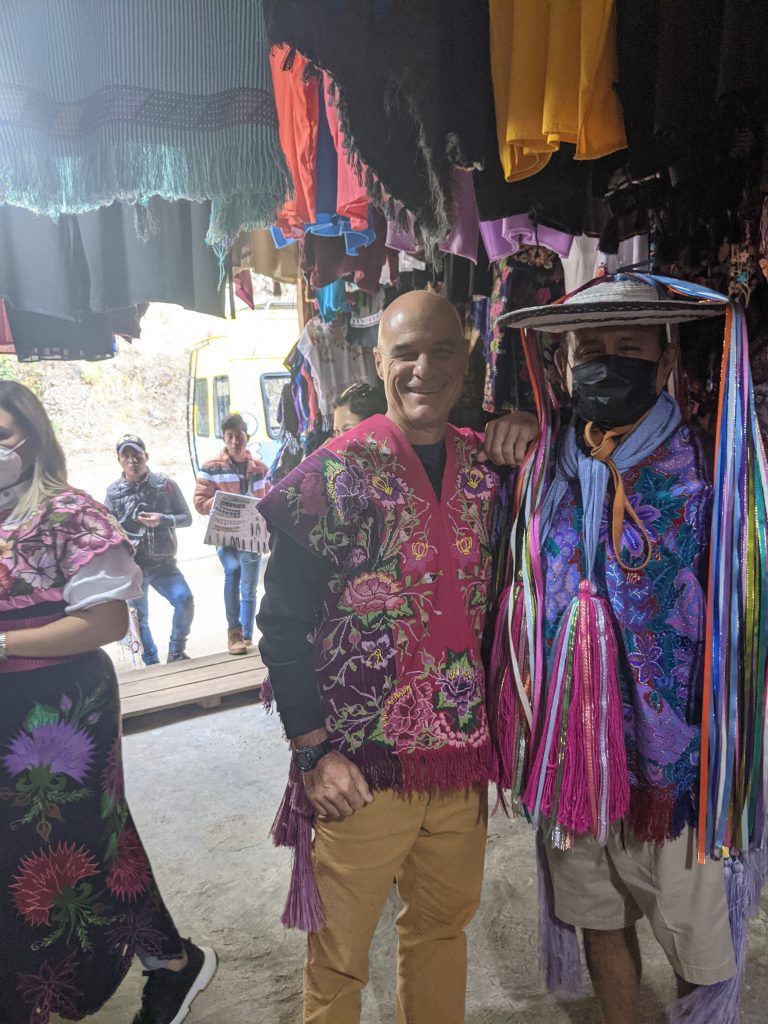
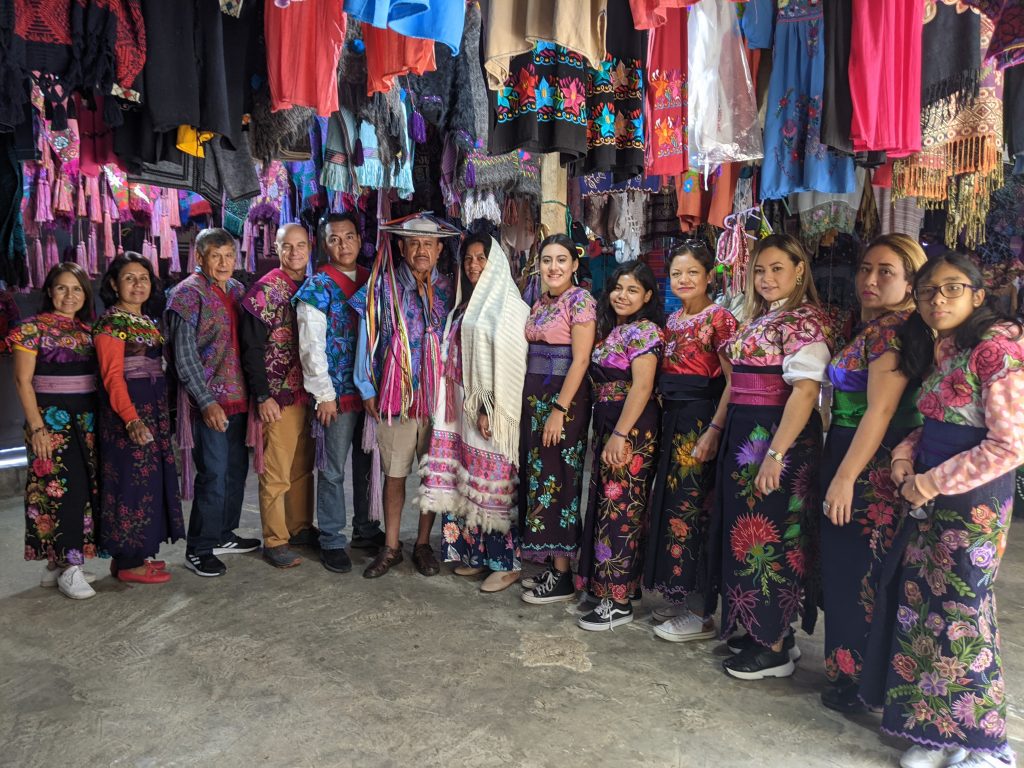
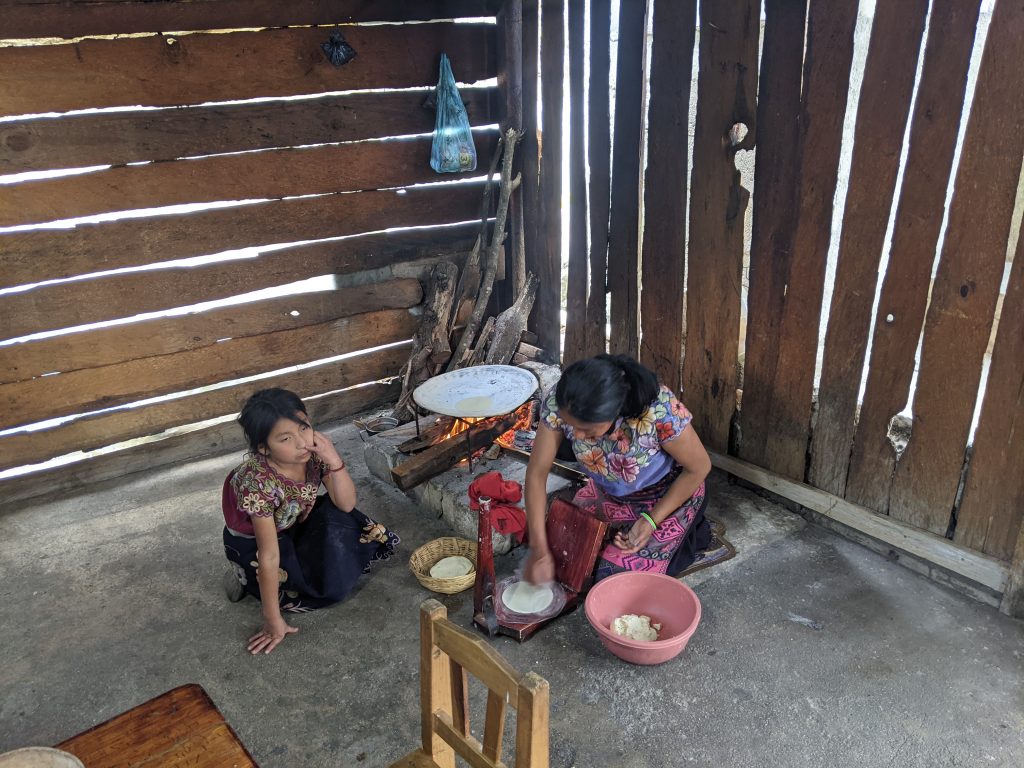
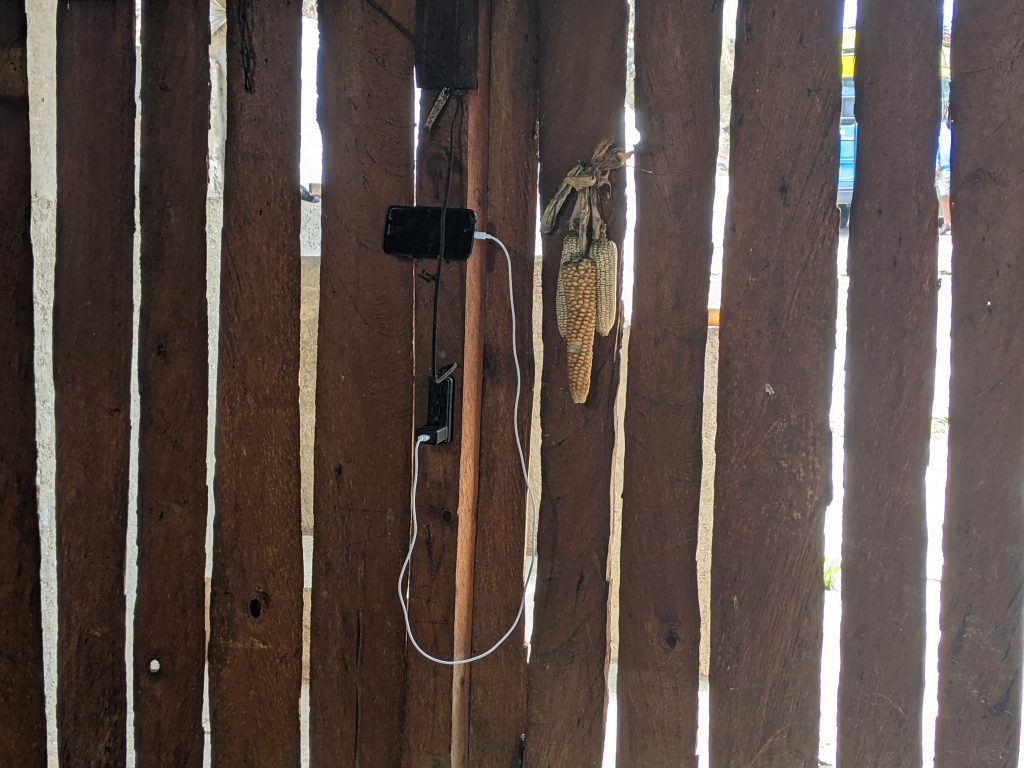
Coca-Cola in Mexico and Chiapas
I also wanted to add some notes about Coca-Cola. According to our guide Mexico has the highest per capita consumption of Coke in the world. And the state with the highest per capital consumption in Mexico is Chiapas, where we are at. They consume an insane 2.2 liters of Coke per per person per day. In comparison, the US comsumes about 0.27 liters per per person per day. Coke has an extensive marketing program here in their native languages. The price of Coke is actually cheaper than water. Coke in Mexico uses high concentration of sugar cane in its products in Mexico, because it’s inexpensive. Our guide said that sugar cane is highly addictive. The average Chiapan has about 4.5 years of education and are not sophisticated about researching health issues. You add all these items up and you can see that Coke is creating a big health problem in Mexico and a huge health problem here in Chiapas.
Per Wikipedia, FEMSA, located in Monterrey, Mexico “…integrates the largest independent Coca-Cola bottling group in the world and the largest convenience store chain in Mexico. It is also the second largest shareholder of Heineken N.V. Coca-Cola FEMSA is the anchor bottler of Coca-Cola and its related soft drink products in much of Latin America. The company is an important part of the Coca-Cola System.”
“Coca-Cola FEMSA distributes about 10% of the worldwide production of Coca-Cola products. This makes it the second largest Coca-Cola bottler in the world, after Coca-Cola Enterprises. The company is owned 47.9% by FEMSA, 28.1% by The Coca-Cola Company and the remaining interest trades on the New York Stock Exchange and the Mexico City Stock Exchange.” It has over 230,000 employees.
If this were in the US, there would be advocate groups going after Coke like they’ve done with cigarettes. Unfortunately, poor, developing parts of the world don’t have those types of resources, especially against a conglomerate of this size.
